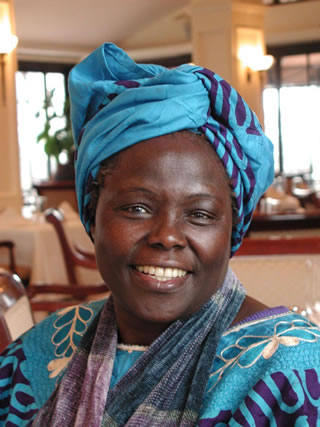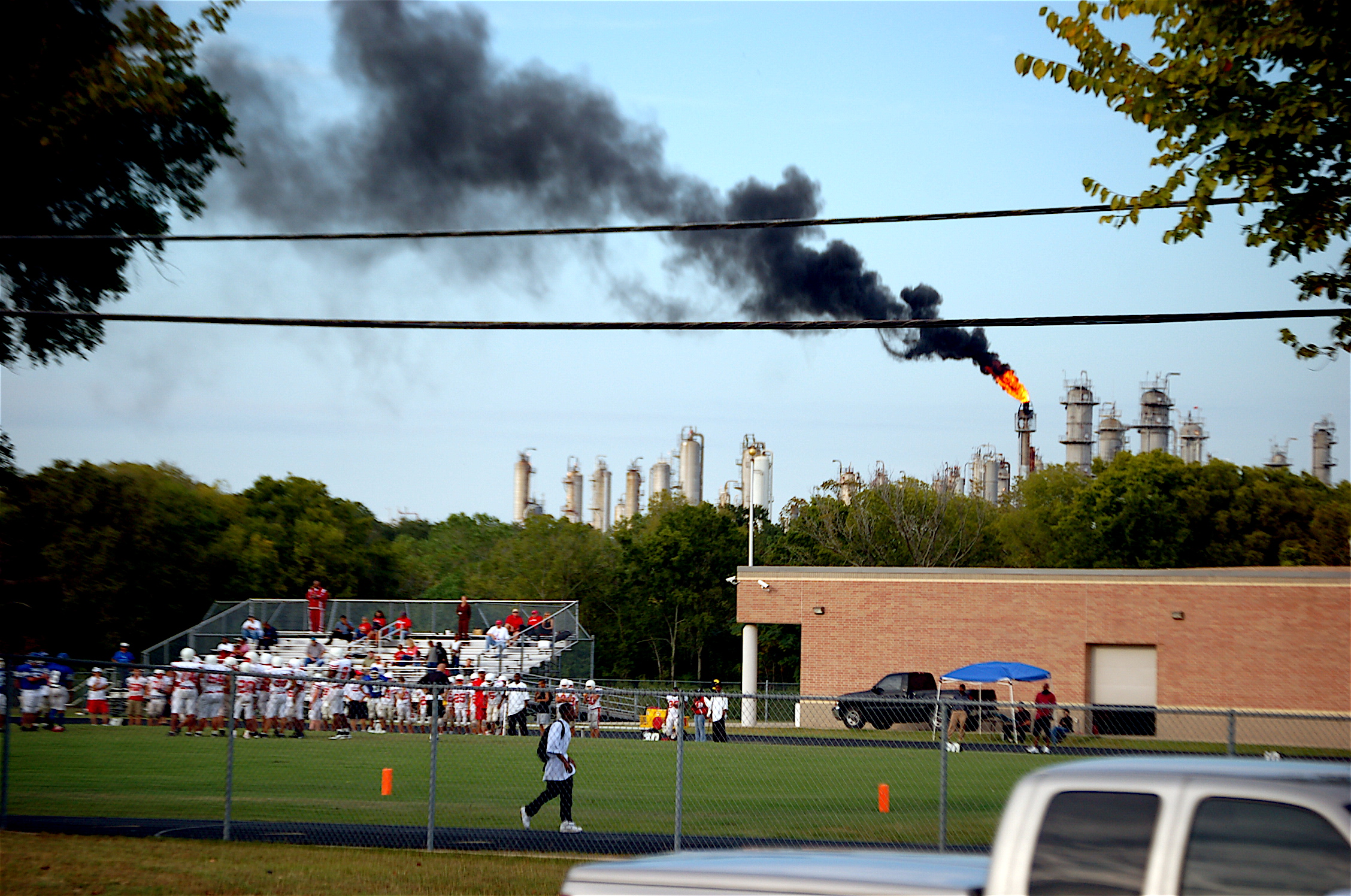 Last night like many Americans I watch President Obama’s ABC News Health Care Forum, filmed from the White House. Among the things that struck me most was how vague and sound-bite oriented the President’s answers were to the panels questions and how the pressures of commercial television force speakers into confining their messages to short concise sound-bites. It seemed like the program was interrupted for commercial breaks at an interval that would have made it impossible for the president to have a more nuanced discussion of his plan. He rarely went into actual numbers and I do not recall him specifying anything about the specific language of his proposed legislation.
Last night like many Americans I watch President Obama’s ABC News Health Care Forum, filmed from the White House. Among the things that struck me most was how vague and sound-bite oriented the President’s answers were to the panels questions and how the pressures of commercial television force speakers into confining their messages to short concise sound-bites. It seemed like the program was interrupted for commercial breaks at an interval that would have made it impossible for the president to have a more nuanced discussion of his plan. He rarely went into actual numbers and I do not recall him specifying anything about the specific language of his proposed legislation.
The event was clearly a media event and an exercise in public relations for the president. Also, the event was meant to answer some very broad questions the about health care that the general public has. I see this type of thing as being very similar to what happens at National Democratic or Republican conventions. During these events the party introduces the candidate they selected and has a big celebratory party to tell everyone how great he (as of yet we have not had a female nominee from one of the major parties) is. In my opinion that makes these rather dull events. Who enjoys a story with no conflict in it? In the past, National Party Conventions were places of high energy, conflict and debate and candidates would go into specific details about their plans and disagreements. This can no longer be done since the major parties now use their National Conventions to convey messages of unity and rally voters behind the chosen candidates.
I noticed a similar trend when watching debates between candidates in both parties during the 2008 election cycle. They confined their discussion to nothing but talk that was easy to follow for the average uninterested viewer. In the debates it was difficult to find any features that differentiated Hillary Clinton’s health care plan from Barack Obama’s, and the candidates were criticized when the delved too deeply into the finer points of their plans.
All of this leads me to question the state of public discourse in our country. Are our attention spans so short that we cannot handle anything more than short bumper-sticker soundbites and endless sloganeering? Does public opinion really rest more on a figure’s media image and personality than it does on the actual content of their ideas? Is our media actively keeping us politically shallow as it diminishes the role of political discourse to that of filler between commercial messages?
America is lucky enough to have had an electoral government and peaceful transfers of power between leaders continuously for more than two centuries. We live very well compared to people in other parts of the world and our government is very stable, so maybe changes in our government do not raise as much passion as some of the more disruptive political changes that take place around the world, but our politics are important — we are in the middle of two on-going wars and a period of mass economic uncertainty.
Our politics not only play a big role in issues like health care, environmental quality, how we educate our children, and more. This is not to mention that what happens in U.S has a huge influence worldwide, but we are (for now) the global hegemon, and our economy is intricately tied to that of every other nation on Earth. In American politics the future of the world is often literally at stake. So, with that I urge all of our readers to please take a little more interests in what are government is doing. Maybe then the media will follow suite.
The Disappointed Environmentalist
 This is an issue that has been bothering me for some time, but does not get as much play in political discourse I think it should. In my opinion the high cost of education and my generation’s huge accumulation of loan debt are likely to be one of the biggest problems that ordinary people in this country face.
This is an issue that has been bothering me for some time, but does not get as much play in political discourse I think it should. In my opinion the high cost of education and my generation’s huge accumulation of loan debt are likely to be one of the biggest problems that ordinary people in this country face. Wangari Maathai currently hails from Nairobi, Kenya. In 2004, she became the first African American woman to receive a Nobel Peace Prize. She was honored for her “contribution to sustainable development, democracy, and peace”. Most of her environmental efforts were concentrated in Africa’s Green Belt Movement, which she founded in 1977. More recently, between the years of 2003-2005, she was an elected member of Parliament and served as the Assistant Minister of Environment and Natural Resources under the government of President Mwai Kibaki of
Wangari Maathai currently hails from Nairobi, Kenya. In 2004, she became the first African American woman to receive a Nobel Peace Prize. She was honored for her “contribution to sustainable development, democracy, and peace”. Most of her environmental efforts were concentrated in Africa’s Green Belt Movement, which she founded in 1977. More recently, between the years of 2003-2005, she was an elected member of Parliament and served as the Assistant Minister of Environment and Natural Resources under the government of President Mwai Kibaki of  Kenya.
Kenya.


